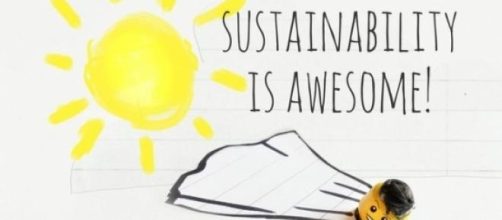The World's largest toy company, LEGO, have announced a huge research investment to make its packaging and products more environmentally-friendly. The company is going to invest more than £95 million to establish a LEGO Sustainable Materials Centre, in Denmark, and hire 100 specialists for the centre. This investment is going to be done with the mission to find and implement new sustainable alternatives which eventually will replace the plastic used in its iconic building blocks by 2030.
When making the shift, the classic bricks will likely still look and feel exactly the same, although the material will still be plastic but made from something different from oil. The centre is slated to open its doors by 2016.
LEGO blocks have been made, for decades, from a strong, resilient plastic known as Acrylonitrile Butadiene Styrene (ABS), a thermoplastic resin. Only last year, LEGO made more than 60 billion plastic bricks, which corresponds a more than 90 bricks for every person on the planet. More important is that to produce annually the bricks it takes more than 6,000 tons of plastic. The usage of LEGO's products represents about 70% of its plastics consumption, with the raw materials representing about 30% of its gas emissions.
In 2012 the company had already announced that it wanted to find an alternative and that efforts were being done in order to create a sustainable material to replace its long-time plastic bricks. After that in 2013, a partnership with WWF was also announced and last year LEGO had cut tie with SHELL, preventing the oil company from selling LEGO products in its petrol stations. The ultimate aim of LEGO is to build eco-design so effectively into the products that designers don't even realise they are making conscious environmental choices during the creative process.
On a statement, Kjedl Kirk Kristiansen, LEGO Group owner, told that this challenge is a major step to the company on their way towards achieving their 2030 ambition on sustainable materials. Important steps had already been taken to reduce their carbon footprint and to leave a positive impact on the planet, which future generations will inherit, by reducing the packaging size and by investing on an offshore wind farm, to offset the energy used in factories. Their mission is to inspire and develop the builder of tomorrow. They believe that their main contribution to this is through the creative play experiences that are provided to children.

